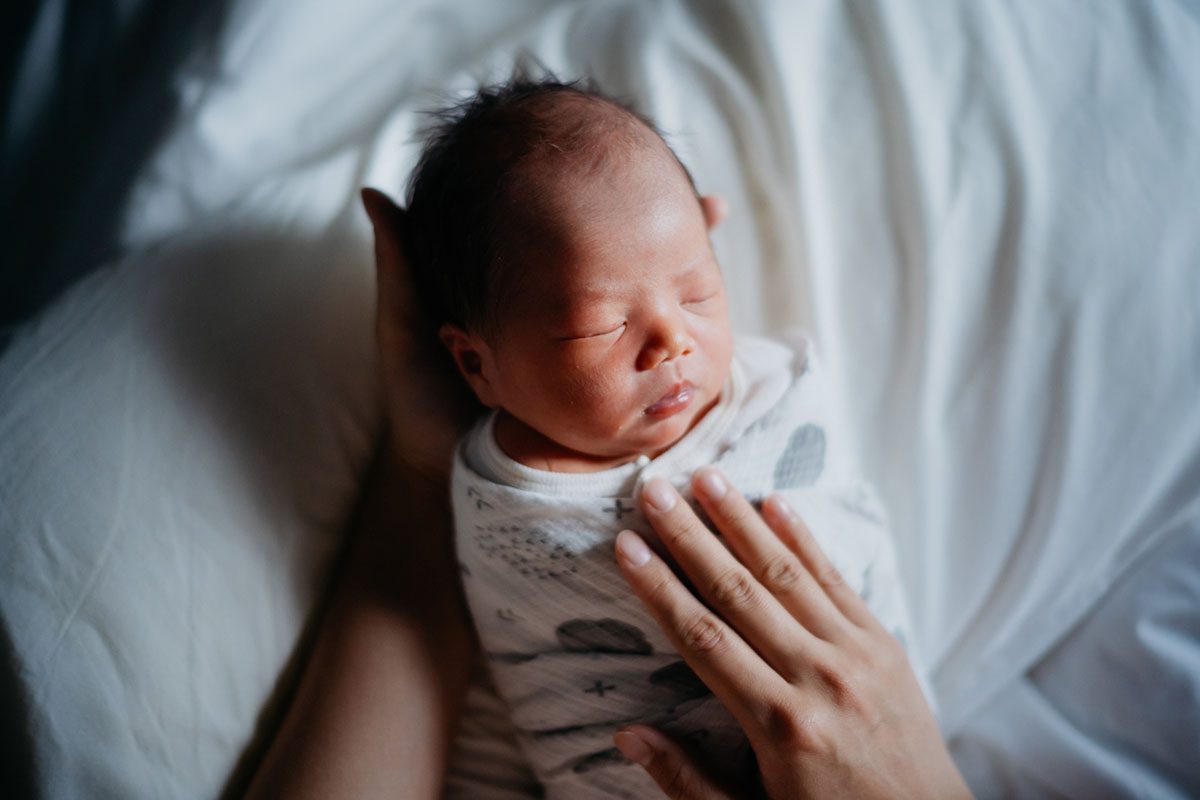Objective: Excessive daytime sleepiness, hypnagogic-hypnopompic hallucinations, sleep paralysis, and cataplexy are symptoms associated with narcolepsy. Recent findings indicate that anxiety disorders also are associated with excessive daytime sleepiness, hypnagogic-hypnopompic hallucinations, and sleep paralysis. These observations suggest a possible relationship between anxiety disorders and narcolepsy. Cataplexy is considered the most specific symptom of narcolepsy, but its association with anxiety disorders is unknown. This preliminary investigation examined the prevalence and types of cataplexy in patients with primary anxiety disorders.
Method: Sex- and age-matched patients with anxiety disorders (N = 33) and healthy volunteers (N = 33) were assessed on standardized and validated measures of subjective sleep quality (Pittsburgh Sleep Quality Index) and subclinical narcoleptic events in the form of cataplexy (Stanford Center for Narcolepsy Revised Sleep Inventory). Patients were recruited from October 2006 to January 2007 from 2 programs of the Penn State Behavioral Health Clinic.
Results: Anxiety disorder patients as a group reported poorer sleep quality and endorsed a larger number of different types of situations (e.g., surprise, embarrassment) associated with cataplectic events. Among anxious patients, 33.3% (11 of 33) endorsed events specific for classic cataplexy, as opposed to 9.1% (3 of 33) of healthy volunteers (chi2 = 5.80, p = .016).
Conclusion: Our preliminary findings suggest that anxiety disorders are associated with increased rates of cataplexy. Future research is indicated to elucidate the relationship between anxiety and narcolepsy, with a particular focus on panic and generalized anxiety disorders.
Please sign in or purchase this PDF for $40.00.





